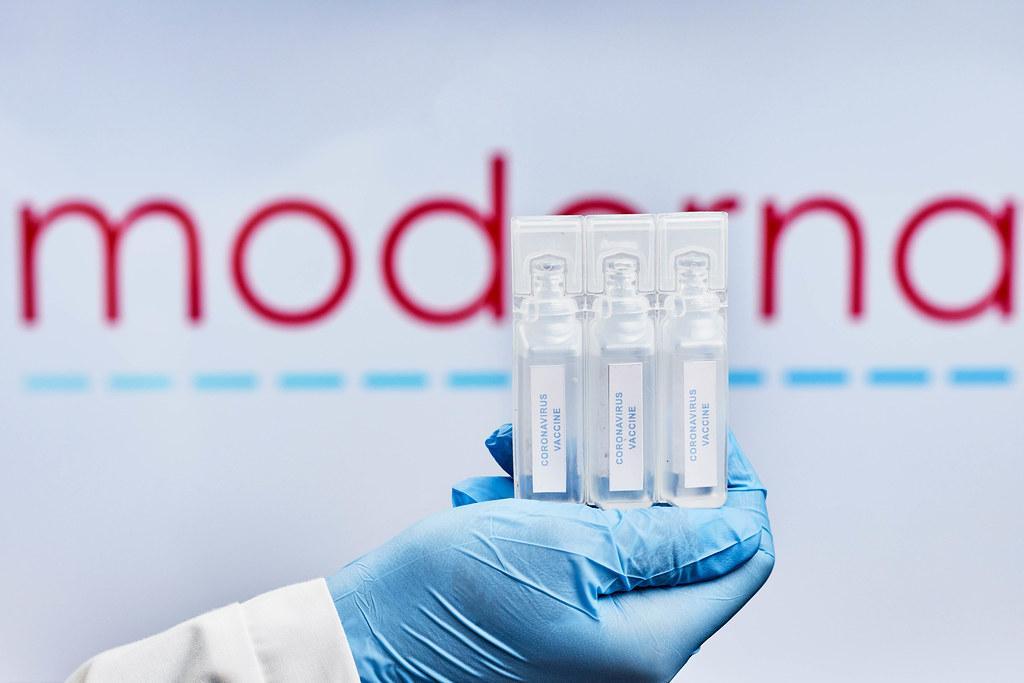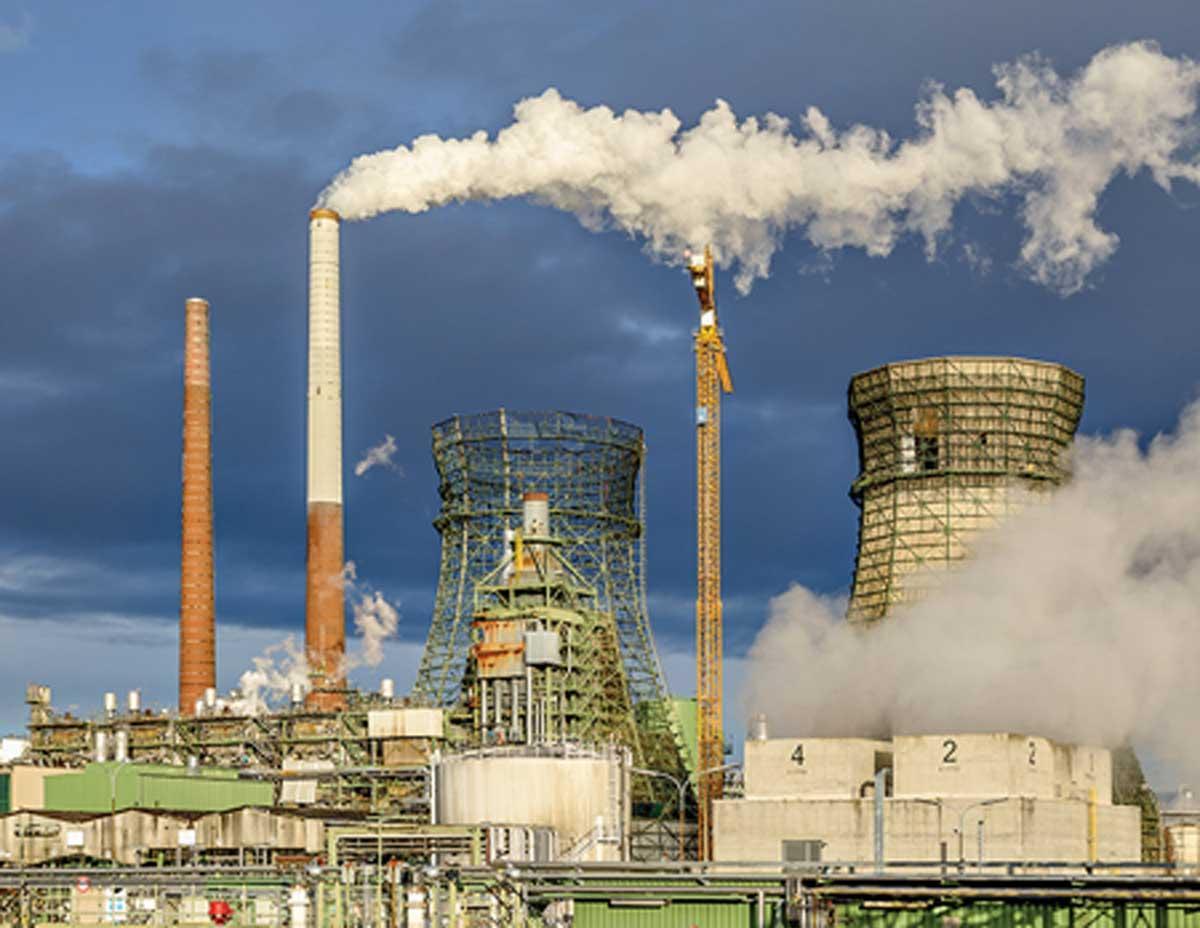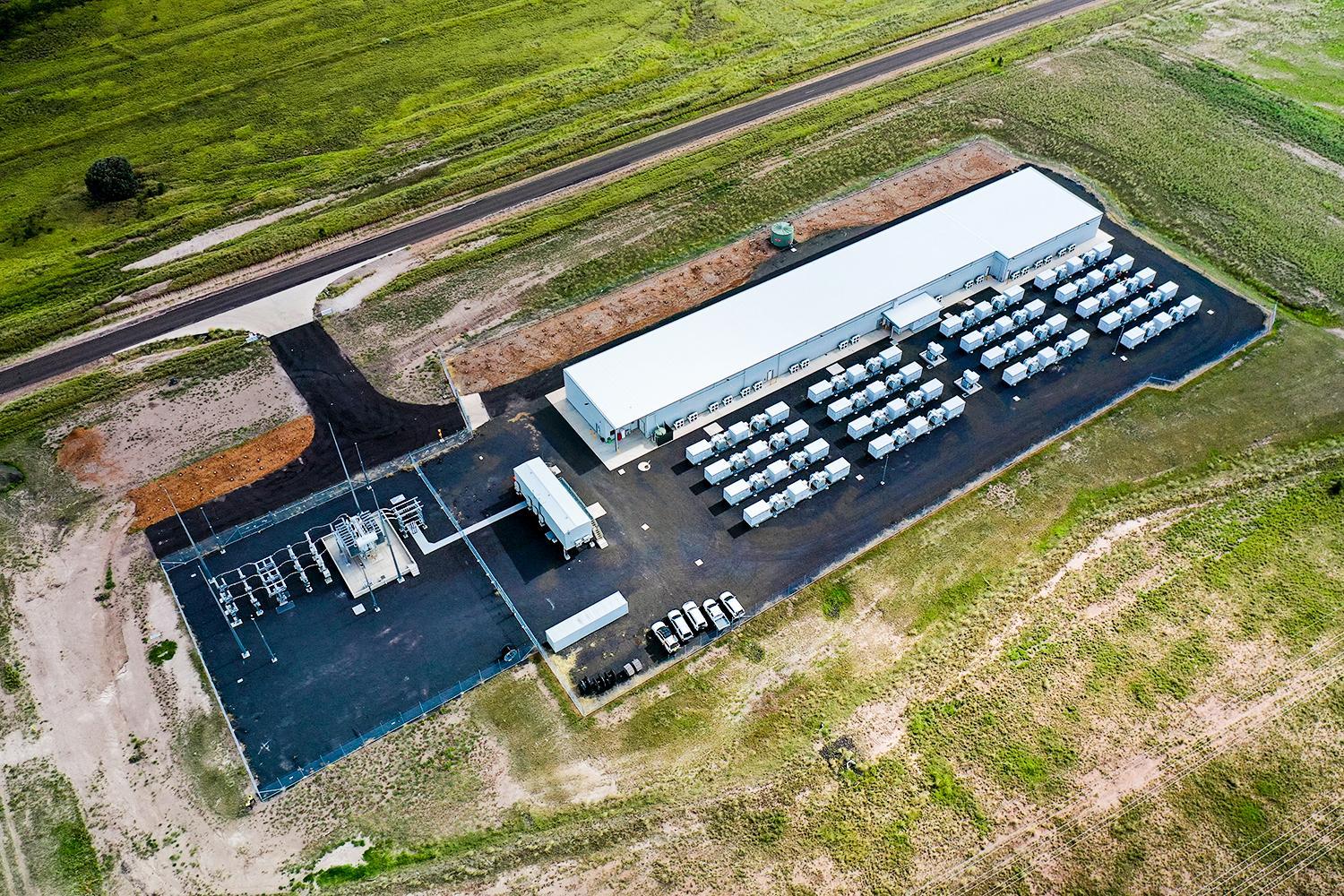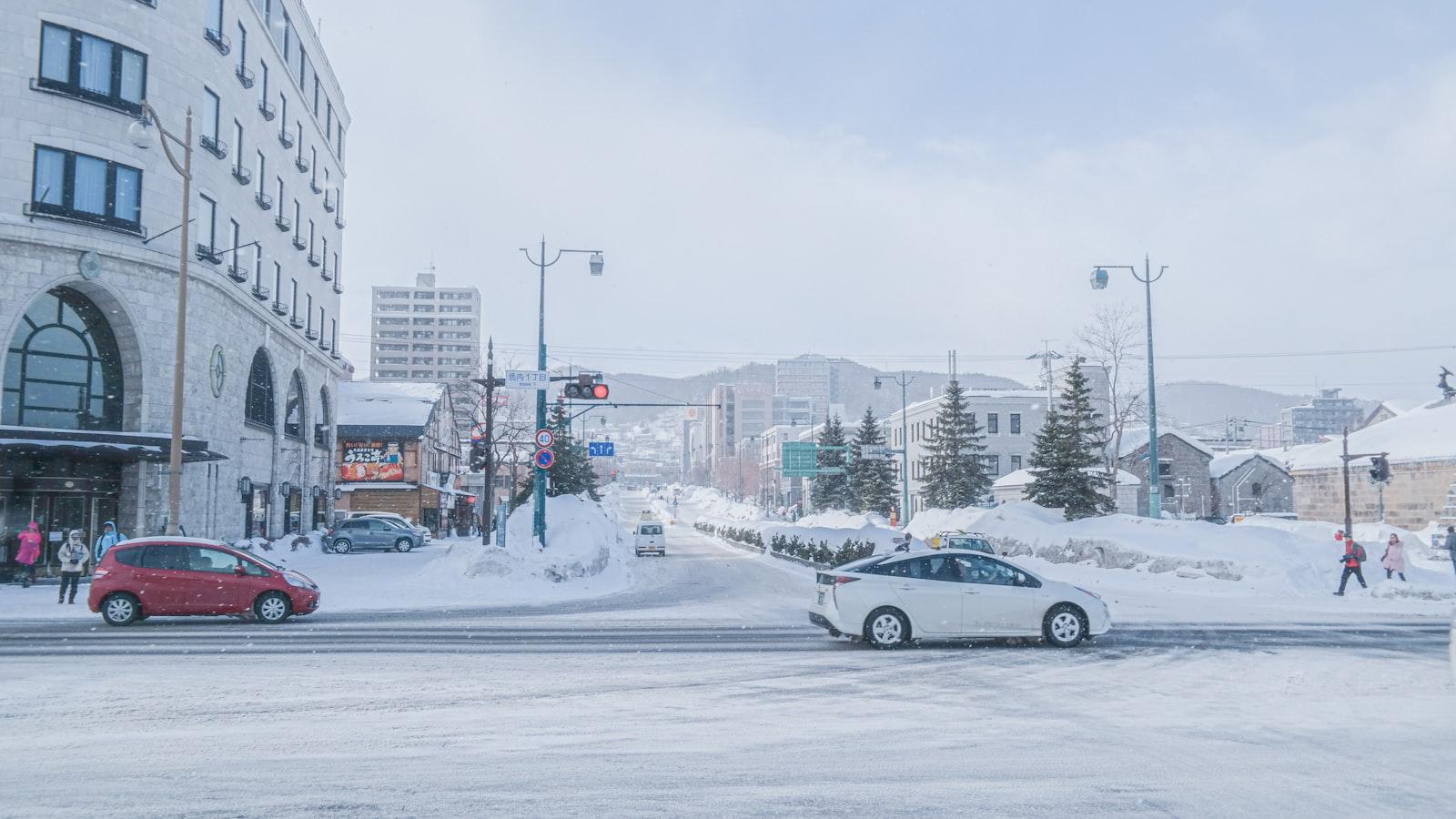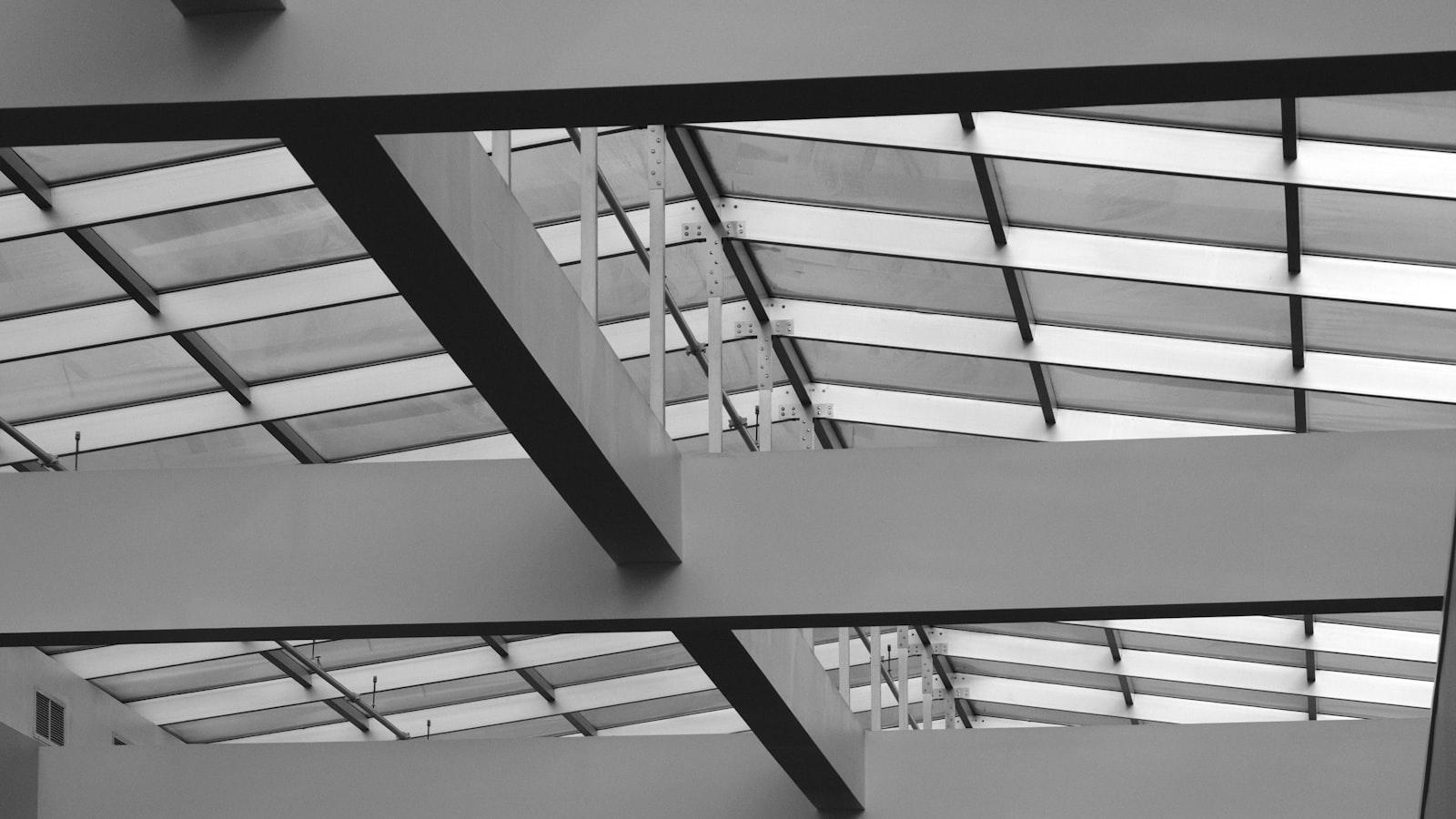

Cincinnati Bengals to Replace Turf at Paycor Stadium
The Cincinnati Bengals have announced that they will be replacing the playing surface at Paycor Stadium this offseason. This decision completes the elimination of slit-film turf from all NFL facilities.
Eliminating Slit-Film Turf
Data compiled by the NFL and the NFL Players Association has shown a higher rate of noncontact lower-extremity injuries on slit-film turf compared to other synthetic surfaces. As a result, teams have been phasing out this type of turf over the past two years.
In 2023, there were only three NFL stadiums left with slit-film turf: U.S. Bank Stadium in Minnesota, Lucas Oil Stadium in Indianapolis, and Paycor Stadium in Cincinnati. However, the Vikings and Colts have already announced plans to replace their fields before the start of the 2024 season.
Introducing FieldTurf Core
The Bengals and Hamilton County have decided to install a FieldTurf Core system in place of the slit-film turf. This surface is also used in stadiums in Atlanta, Carolina, Detroit, New England, New York, and Seattle.
According to Paycor Stadium managing director Steve Johnson, this decision confirms the commitment of Hamilton County and the Bengals to provide a top-level playing surface for NFL games.
Natural vs. Synthetic Turf
The issue of natural vs. synthetic turf has been a hot topic between the NFL and the NFLPA. The NFLPA's executive director, Lloyd Howell, called for all teams to switch to grass fields after New York Jets quarterback Aaron Rodgers suffered a torn Achilles tendon on MetLife Stadium's synthetic turf.
However, the data from 2023 shows that the rate of noncontact lower-extremity injuries was nearly the same on both synthetic and natural turf. This has led the NFL to consider all surfaces for ways to improve player safety.
In a statement, the NFLPA reiterated their belief that a well-maintained, consistent grass surface is still safer for players than any synthetic field. They also pointed out that the data does not account for the players' preference for grass fields and the quick switch from synthetic to grass for international soccer events.

